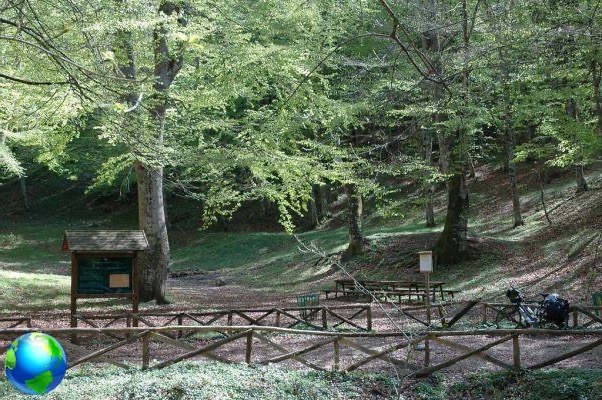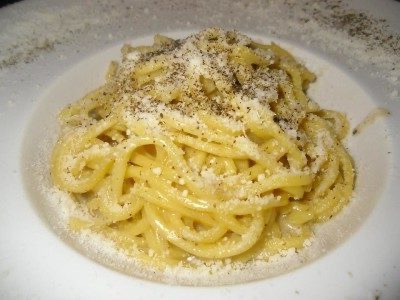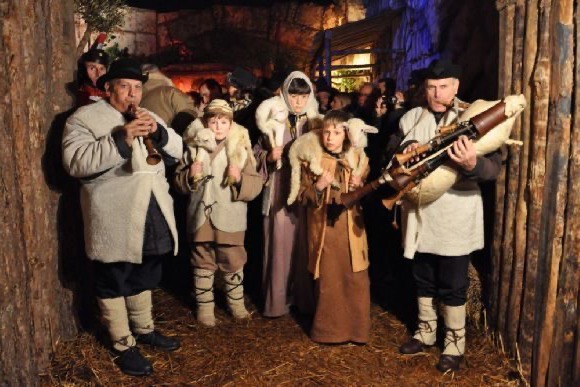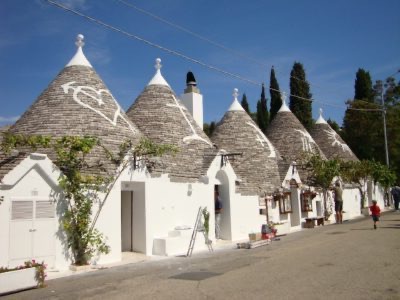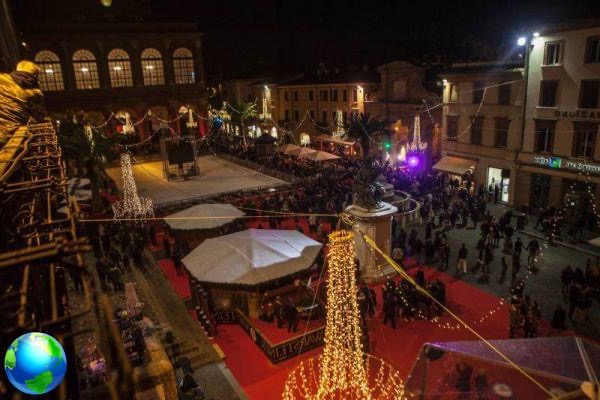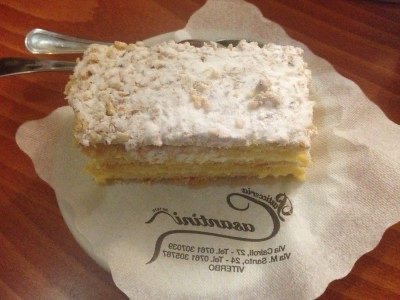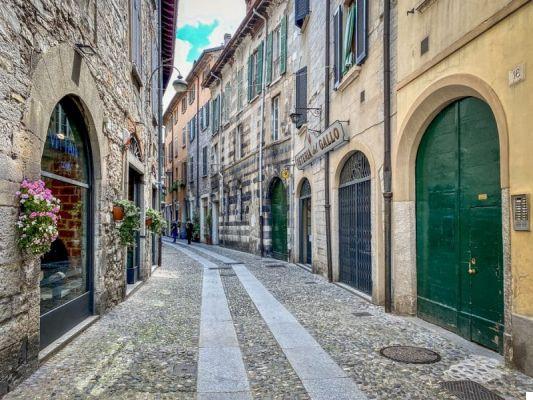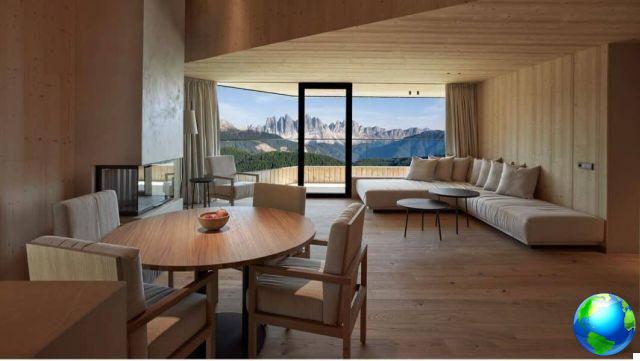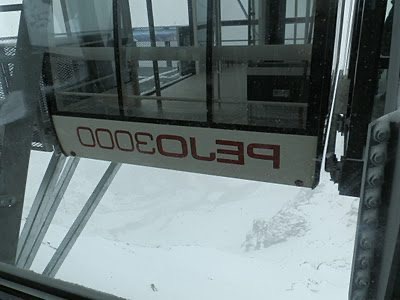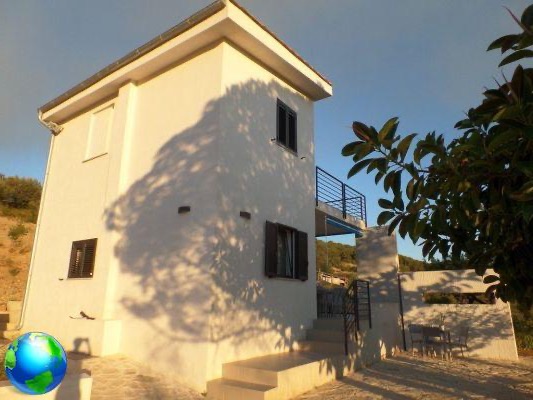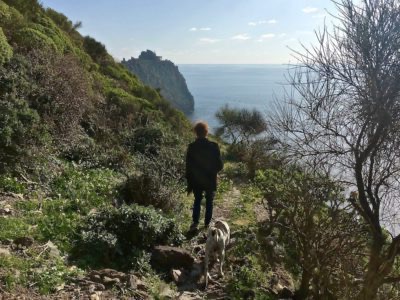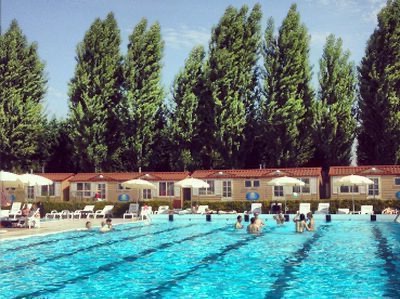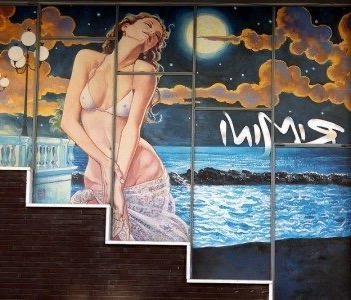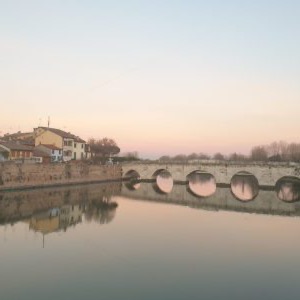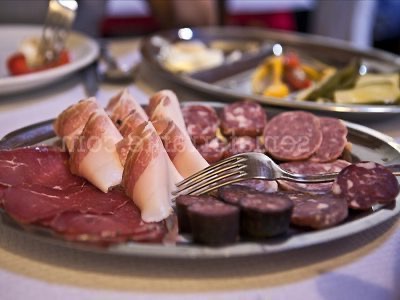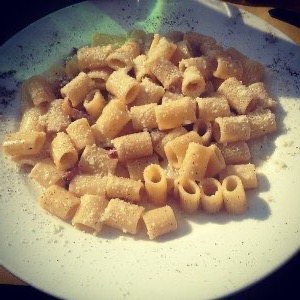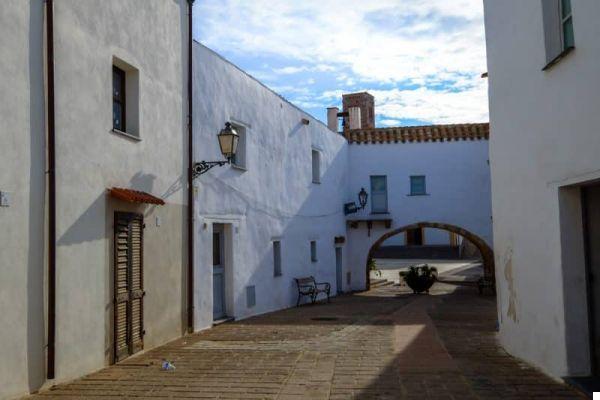The stories and translations of the Verona Arena, when it was built, how it was inaugurated, what is still done today during the Christmas period and much more, beyond its music and its events.
If there's one thing you can't help but notice when coming to Verona it is his Arena. Imposing, important and beautiful testimony of the Roman past of the city, the Arena di Verona, simply called theSand, is located in Piazza Brà, the largest in the city which also contains the Liston, the series of aligned buildings that delimit one of its sides, Palazzo Barbieri, the Gran Guardia and the Clock placed on the double door that delimits the entrance to the square and the Old Town.
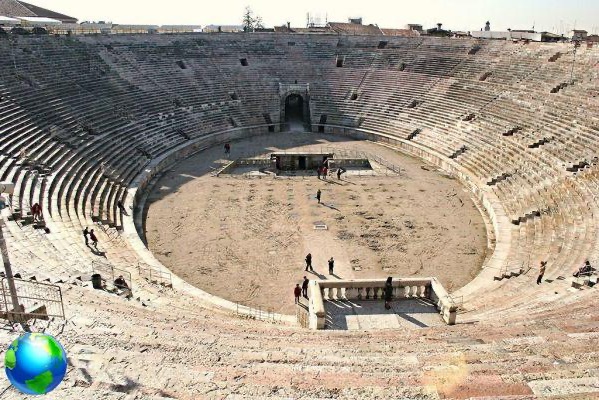
Located outside the city walls at the time, the Roman amphitheater does not have a certain date, although historians indicate more likely its construction. between the XNUMXst and XNUMXrd centuries AD, it is certain to be the best preserved amphitheater in the world, thanks also to the numerous restorations of the past, and the third largest after the Colosseum and the arena of Capua. However, it is necessary to underline that in the past the amphitheater was used as a source of material for the construction of city palaces, since the raw materials are so close at hand and easy to find. This necessitated the restorations that allow us to admire it still today in all its (almost) original splendor.
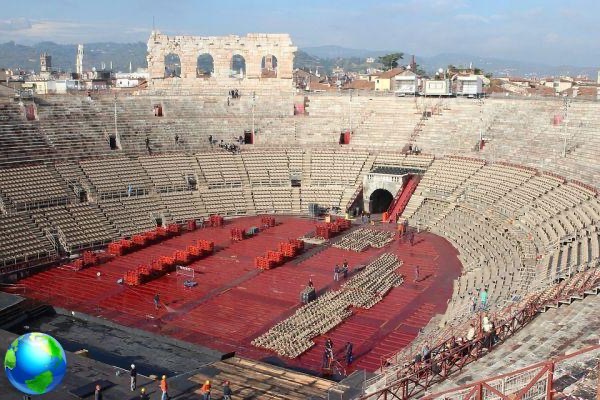
The Arena, the name of the sand in Latin, presents itself in different ways depending on the season in which you visit it. From October to April, in fact, it is possible to admire its original appearance, without the seats, the stalls and the stage installed in May for the season of operas and shows. Its interior looks like an ellipse of steps interrupted by vomitories for the entrance and exit of the spectators that overlook the ancient central area, sandy to be able to absorb, at one time, the blood of gladiator fights. The auditorium consists of three rows of corridors, while the exterior does not appear in its original appearance. A earthquake which took place in 1117, in fact, it destroyed most of the outer ring that surrounded the amphitheater, leaving only the current Ala intact.
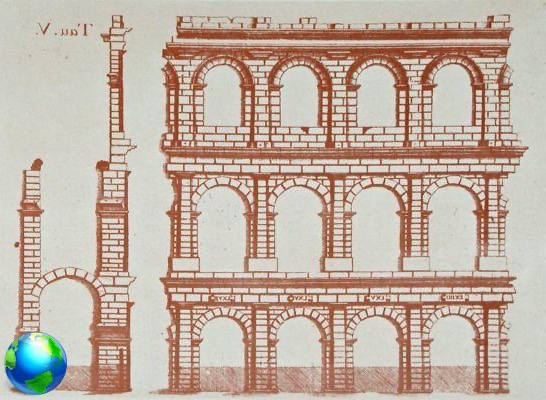
It is not certain whether any naumachia, naval battles have ever taken place inside, but it is known that it was the scene of gladiator fights, games, bull hunts, equestrian competitions and shows. In 1913, however, with the staging of theAida by Giuseppe Verdi, began the long history of the Arenian Opera Festival, which made the Arena di Verona the largest open-air opera house in the world. During the show season, the amphitheater also hosts large concerts of contemporary music, during which the greatest interpreters in the world have been able to perform on this ancient stage. Among the best known names there are Zucchero, Negramaro, Laura Pausini, Tiziano Ferro, Gianni Morandi, Ligabue, Elisa, Giorgia, Eros Ramazzotti, Ennio Morricone as regards national singers, Elton John, Duran Duran, Sting, Deep Purple, Paul McCartney, Adele, The Killers and many others among the internationally renowned names. I assure you that attending an event in the Arena is a unique and unrepeatable emotion in any other place! Moreover, every year theatrical and non-theatrical performances such as the Festivalbar, Wind Music Awards and Opera on Ice, during which a large skating rink hosts the best skaters in the world, animate the Veronese evenings. The elliptical shape of the Arena allows the diffusion of sound in a perfect way, during the evenings of the opera season in fact the interpreters do not use amplification, unlike concerts.
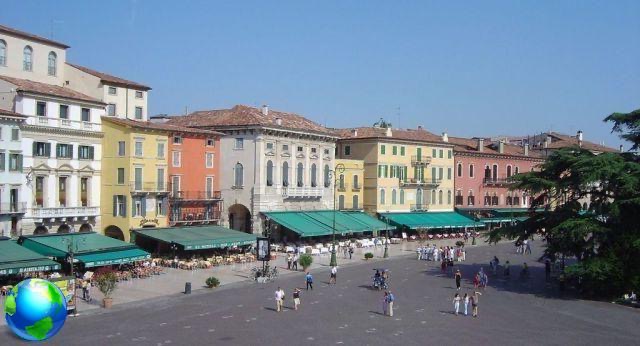
Some curiosities: there is one legend on the construction of the Arena. A Veronese gentleman, sentenced to death, proposed to the lords of the city to build in one night an immense building for the shows that would contain all the Veronese in order to save their lives. To do so he sold his soul to the devil, so that night all the demons began the construction but the man, repentant, asked for a favor from the Madonna, who made the sun rise two hours earlier, saving his life and leaving the work unfinished. Hence the legend of the birth of the wing. There is also a second legend that wants the Arena always built by the devil, since due to its large size it is said that it cannot be a work of men.
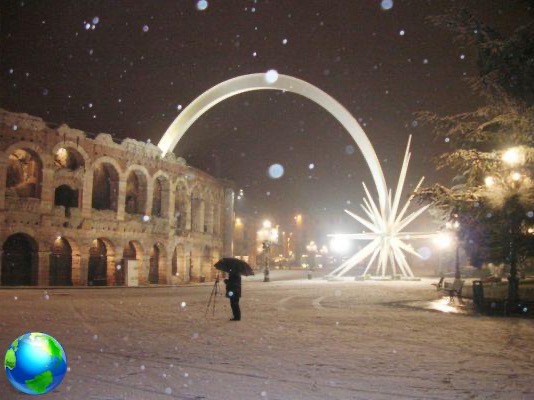
During the Christmas holidays A huge comet is traditionally installed that originates from the Arena and lands in Piazza Bra, while the International Exhibition of Nativity Scenes takes place every year inside the corridors.




